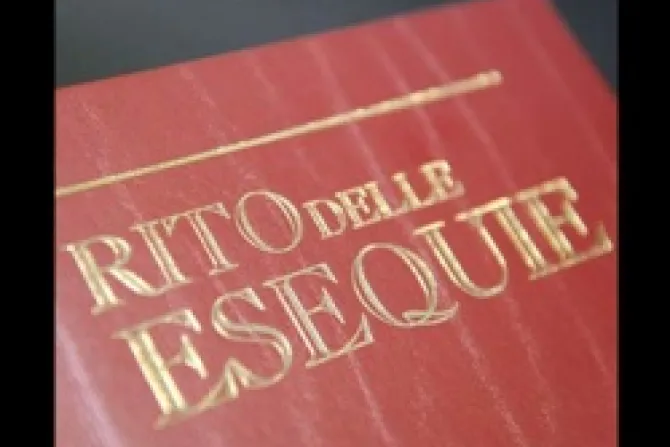Rome, Italy, Mar 30, 2012 / 12:44 pm
The Catholic Church in Italy has issued new guidelines that rule out scattering the cremated remains of a person or the keeping them in an urn at home.
“Cremation is considered as concluded when the urn is deposited in the cemetery,” says the appendix to the new edition of Funeral Rites issued by Italian Episcopal Conference.
“The practice of spreading ashes in the wild or keeping them in places other than the cemetery,” it adds, “raises many concerns about its full consistency with the Christian faith, especially when they imply pantheistic or naturalist conceptions.”
The new book of Funeral Rites was published earlier this month and will come into force in parishes across Italy on Nov. 2, All Souls Day.
Official statistics suggest that around 10 percent of Italians who die are cremated. Since 2001 the Italian government has permitted ashes to be kept at homes in urns or to be scattered on land or sea.
In the lead-up to the new Funeral Rites being produced this month, there was some media speculation in Italy that the Church would also accept these practices under certain circumstances.
Traditionally, the Catholic Church permitted cremation only when grave public necessity required the rapid removal of bodies, such as in time of plague or natural disaster.


